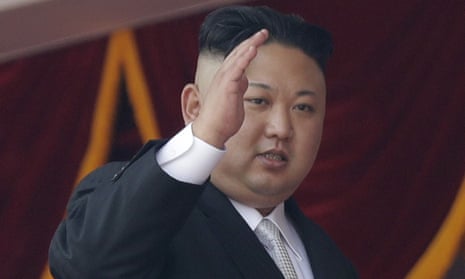- North Korea has carried out a sixth nuclear test. It claims the device is a hydrogen bomb that could be loaded into an intercontinental ballistic missile.
- The underground test was registered as a magnitude 5.6 earthquake with North Korea and came hours after Pyongyang boasted it had built a new, more advanced nuclear warhead.
- Japan’s defence minister said the larger magnitude of the earthquake suggests “capability significantly exceeding the last one.”
- US National Security Adviser, HR McMaster, spoke with his South Korean counterpart, Chung Eui-yong, for 20 minutes in an emergency phone call following the test.
- South Korea’s weather agency, the Korea Meteorological Administration, estimated Sunday that the nuclear blast yield of the presumed test was between 50 to 60 kilotons, or five to six times stronger than the North Korea’s fifth test in September 2016.
Map
- South Korea’s Joint Chiefs of Staff says it detected a seismic wave from 12.34 to 12.36pm around Punggyeri, North Korea, and second wave of magnitude 4.6, which it termed as a “collapse”.
- Witnesses in the Chinese city of Yanji, on the border with North Korea, said they felt a tremor that lasted roughly 10 seconds, followed by an aftershock.
- Japan’s prime minister, Shinzō Abe, said: “If North Korea has indeed gone ahead with a nuclear test, it is completely unacceptable and we must lodge a strong protest.”
